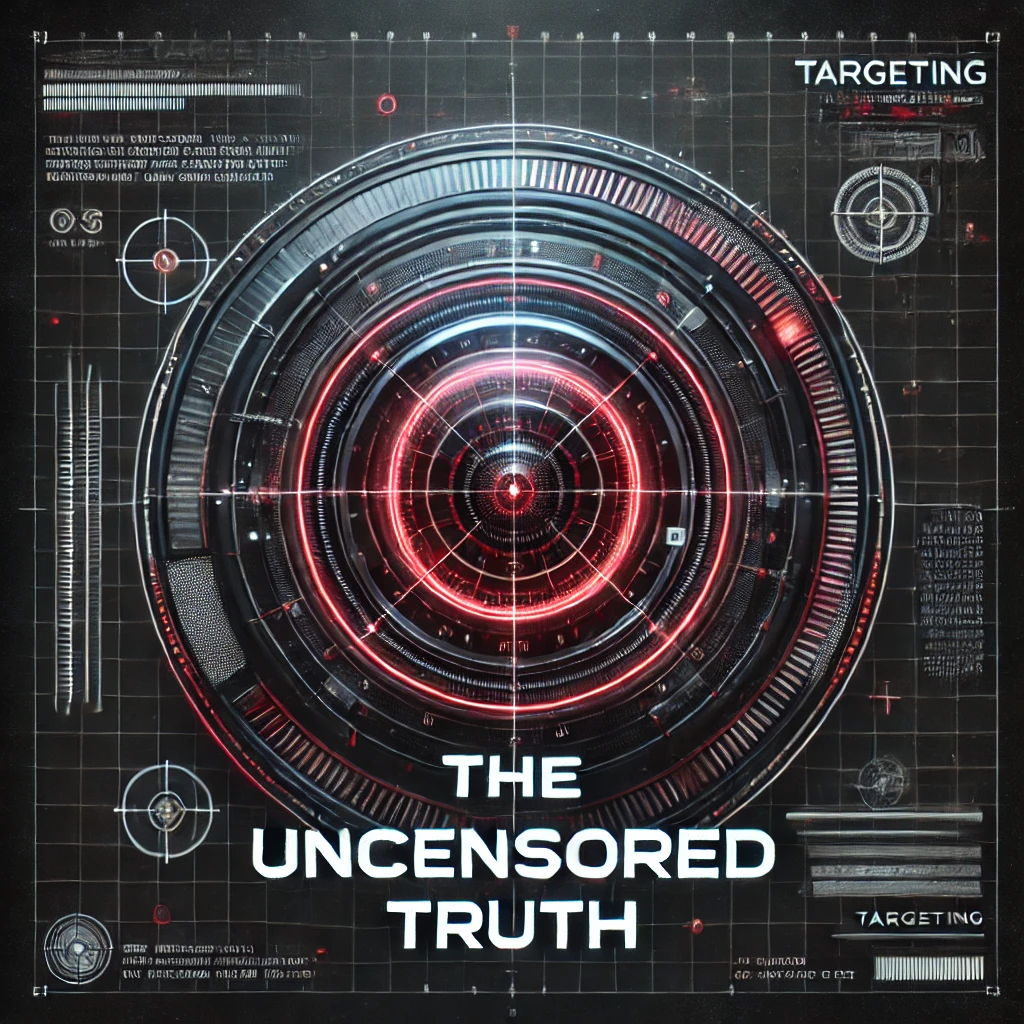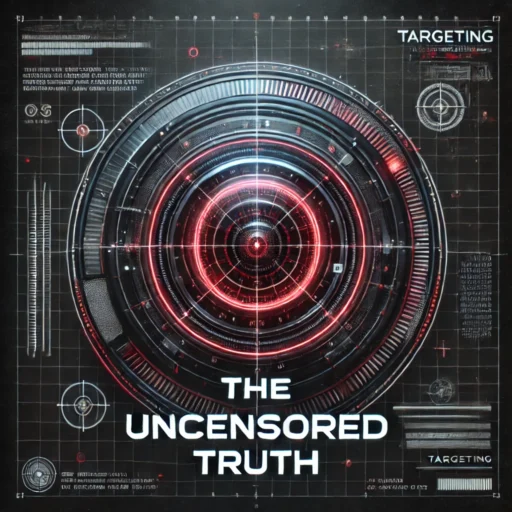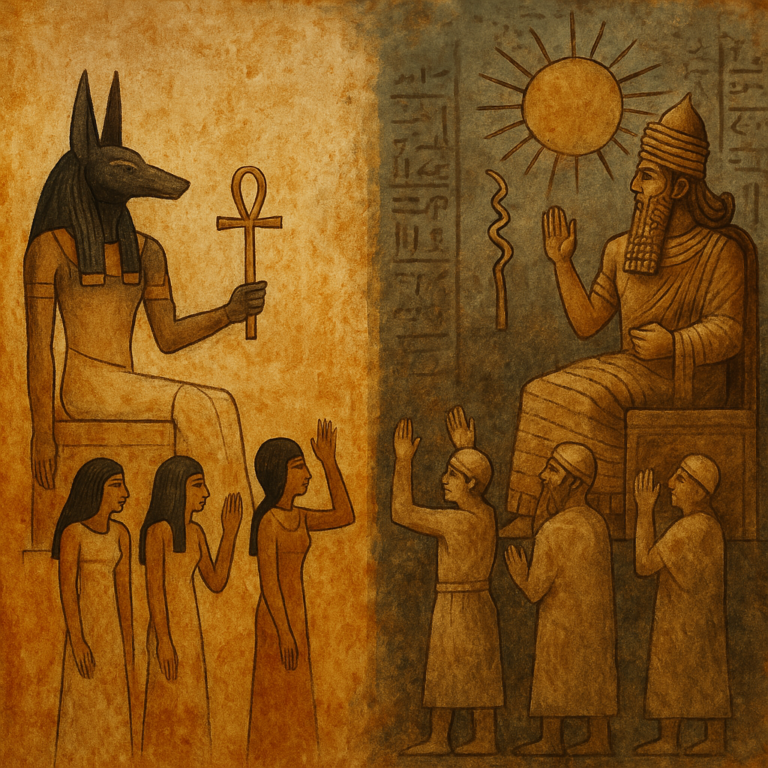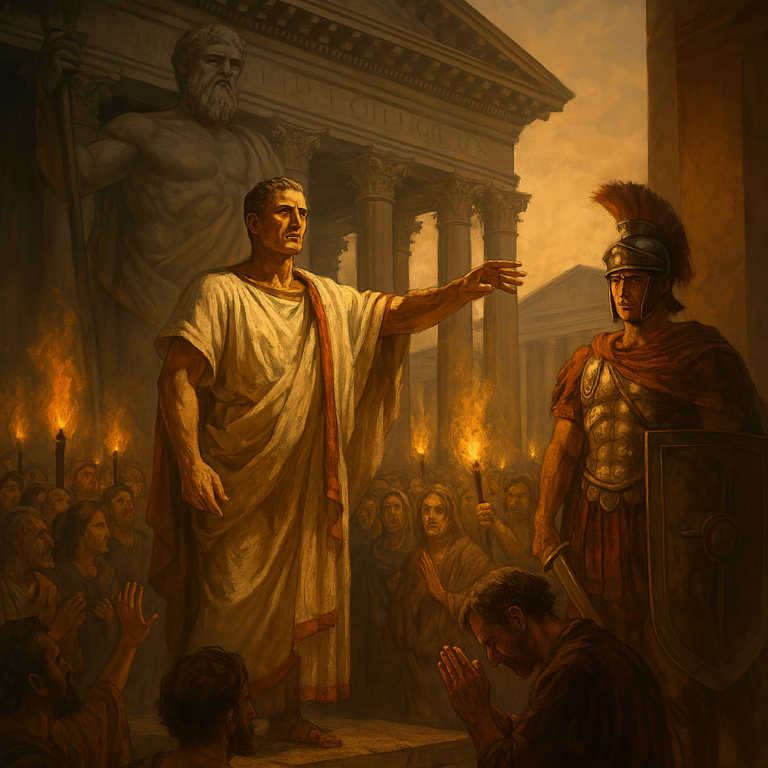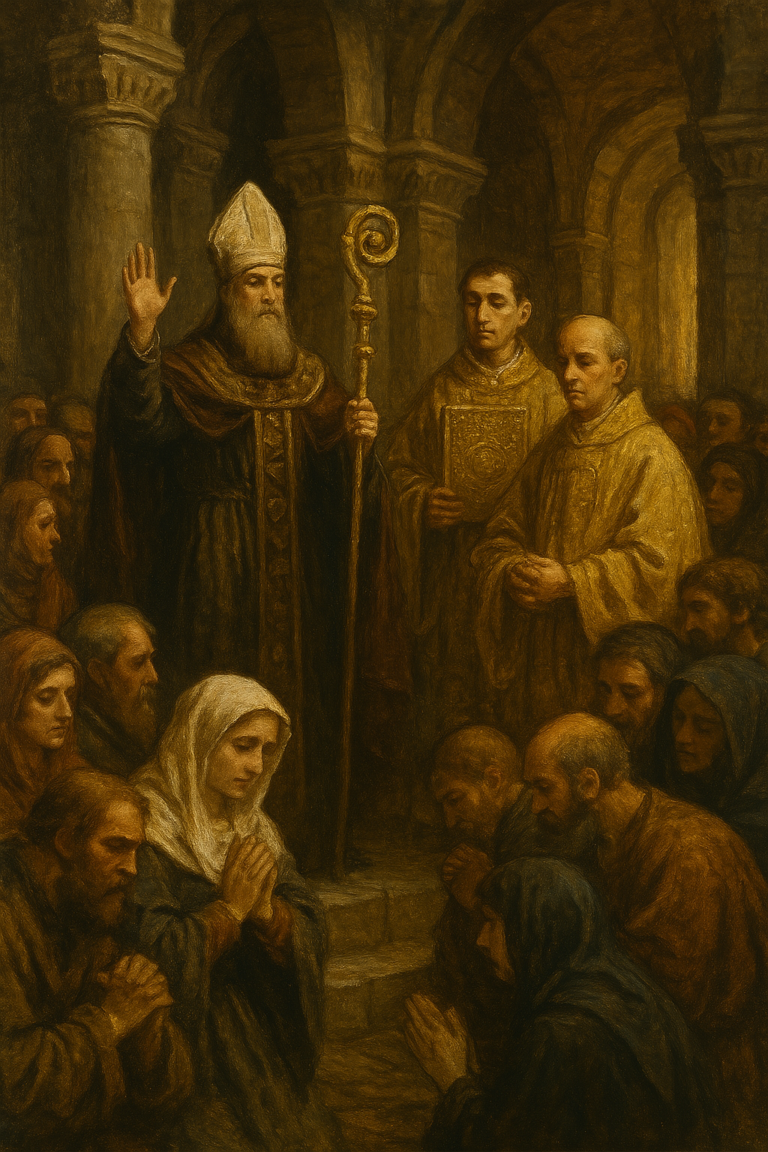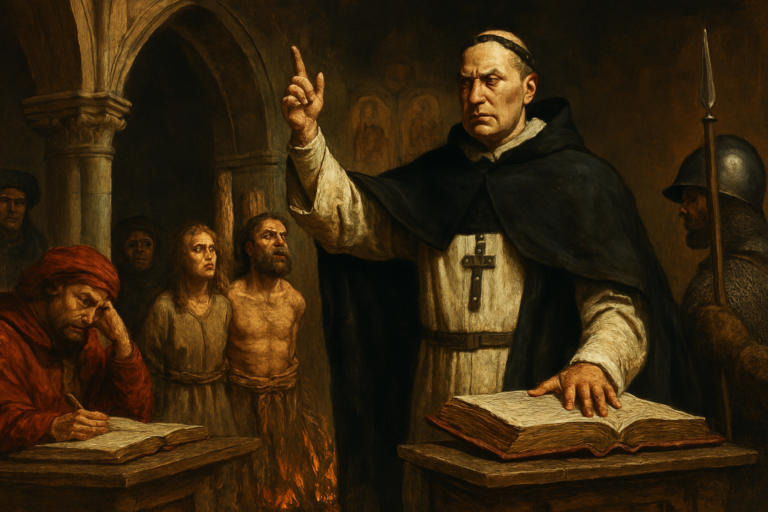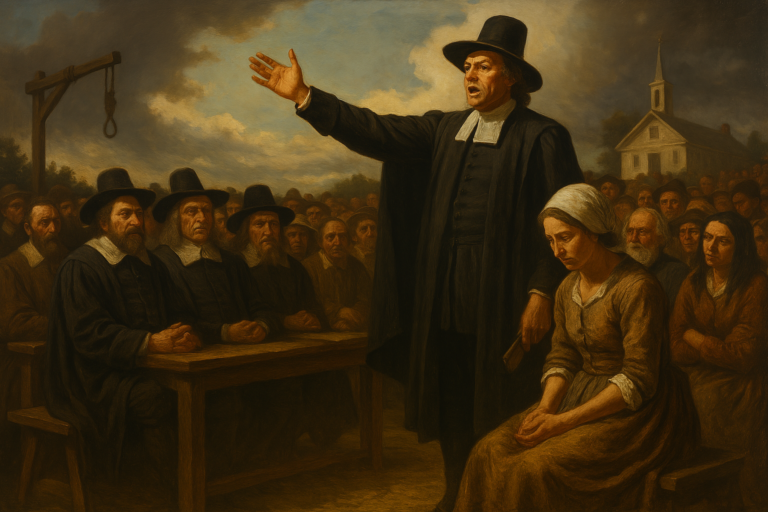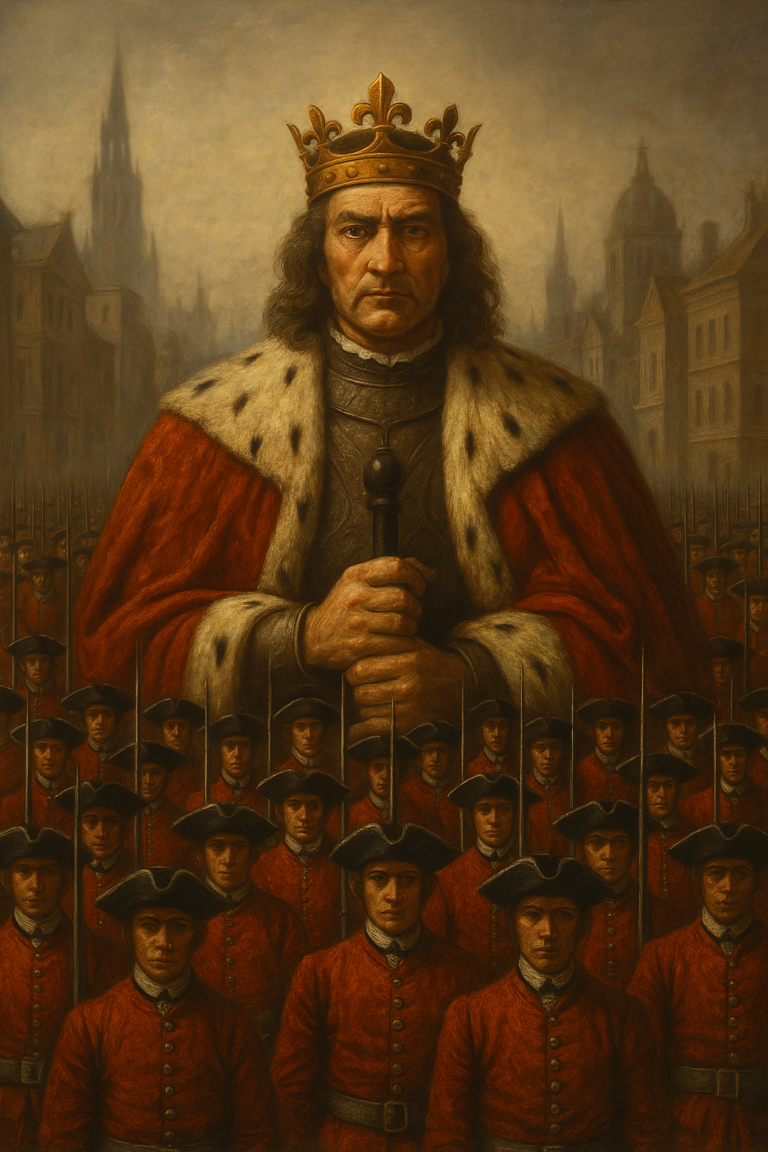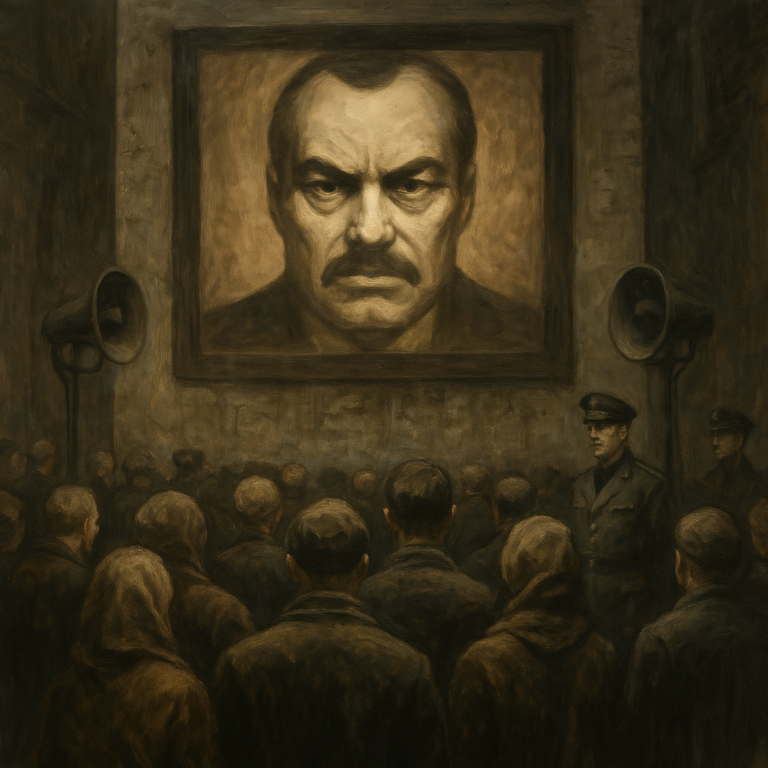
Part VII: 1900 – 2000 AD – When Conspiracy Became Policy
If the earlier centuries built the mechanisms of control, the 20th century perfected their concealment. This was not an era of crude suppression — it was a masterclass in plausible deniability, public relations, and narrative manufacturing.
For much of human history, power ruled through divine right or visible force. But in the modern world, governments, intelligence agencies, and media conglomerates discovered something far more effective:
Control the story — and you control what people believe is possible.
From world wars to social revolutions, the 20th century wasn’t short on spectacle. But behind those events, and often obscured by them, a quieter revolution was taking place — one that transformed truth into something curated, managed, and, when necessary, engineered.
This was the century that gave us:
-
- Propaganda ministries disguised as news agencies
-
- Intelligence agencies running psychological operations against their own citizens
-
- Censorship rebranded as “national security”
-
- Real conspiracies dismissed as delusions — until the documents were declassified
In short, the 20th century didn’t kill conspiracy.
It industrialized it.
How Political Propaganda In The 20th Century Affects Us Today
Part I: The War for Public Opinion (1914–1945)
Propaganda Becomes a Profession
World War I marked a turning point in the use of information as a weapon. Governments discovered that battlefield success wasn’t enough — public support had to be manufactured.
-
- The British government created the Wellington House propaganda bureau and later the Ministry of Information, which produced pamphlets, films, and stories designed to demonize the enemy and boost morale.
-
- In the U.S., President Woodrow Wilson established the Committee on Public Information (CPI), headed by George Creel. Its mission was simple: convert a war-weary public into enthusiastic supporters of intervention.
One of the CPI’s key figures, Edward Bernays — a nephew of Freud — would go on to write Propaganda (1928), in which he laid out the foundations of public relations as psychological manipulation. He argued:
“The conscious and intelligent manipulation of the organized habits and opinions of the masses is an important element in democratic society.”
Propaganda was no longer a tool of dictators.
It became the backbone of democracy — at least in practice.
War as Spectacle, Obedience as Virtue
World War II only accelerated this trend. With mass media more advanced, the Allies and Axis powers both deployed cinema, radio, posters, and controlled journalism to shape national behavior.
-
- Nazi Germany’s Ministry of Public Enlightenment and Propaganda, led by Joseph Goebbels, became infamous — not for suppressing speech, but for saturating the information space so thoroughly that alternatives became unthinkable.
-
- In the U.S., Hollywood collaborated directly with the Office of War Information to produce films and newsreels promoting patriotism, sacrifice, and unquestioning support for the war effort.
Conformity was no longer just expected — it was cinematically validated.
Part II: Intelligence, Interference, and Invisible Influence (1945–1970)
Operation Paperclip: Importing the Architects of Control
When WWII ended, the U.S. quietly launched Operation Paperclip, a secret program to bring over Nazi scientists, engineers, and intelligence officers — many of whom had committed war crimes. Over 1,600 of them were absorbed into American institutions, including NASA and the CIA.
These weren’t just rocket scientists. Some had deep experience in propaganda, psychological warfare, and chemical experimentation.
The official justification? Beating the Soviets.
The unofficial consequence? The tools of authoritarianism were rebranded as assets of freedom.
MK-Ultra: Conspiracy Confirmed
Perhaps no program better illustrates state conspiracy than MK-Ultra — the CIA’s covert mind control operation, officially launched in 1953. Its goals were chilling:
-
- Explore whether drugs (particularly LSD) could be used to extract information, erase memories, or reprogram behavior.
-
- Conduct experiments on unwitting civilians, often without consent — including hospital patients, prisoners, and even CIA agents themselves.
-
- Partner with universities, pharmaceutical companies, and foreign governments to obscure responsibility.
The program remained hidden for two decades until it was exposed by the Church Committee hearings in the 1970s — though many documents had already been destroyed by CIA director Richard Helms.
To this day, MK-Ultra remains one of the most thoroughly documented conspiracies in U.S. history. And yet, for years, those who spoke of it were dismissed as paranoid.
COINTELPRO: Policing Thought and Disruption
From 1956 to 1971, the FBI ran COINTELPRO (Counter Intelligence Program), which aimed to “disrupt, discredit, and neutralize” domestic political groups deemed threatening to the status quo.
Targets included:
-
- Civil rights leaders like Martin Luther King Jr.
-
- The Black Panther Party
-
- Anti-war activists and student groups
-
- Puerto Rican independence movements
Tactics included:
-
- Illegal wiretaps
-
- Fake letters and forged documents
-
- Blackmail and public smears
-
- Instigating internal distrust to fracture groups from within
COINTELPRO wasn’t a theory. It was a verified campaign of internal sabotage — run by the government, against its own citizens.
Part III: The Birth of the Media Matrix (1970–2000)
Television: The New Pulpit
By the 1970s, the average American was spending several hours a day in front of a screen. Television had become the primary source of news, entertainment, and cultural cues — and with it came unprecedented control over narrative framing.
-
- Three networks (ABC, CBS, NBC) dominated the airwaves.
-
- Coverage was homogenized, editorialized, and presented by authoritative figures who rarely deviated from the official line.
-
- Wars (Vietnam, Gulf), scandals (Watergate), and national tragedies (JFK, Waco) were filtered through narrow lenses, ensuring that what you thought was based on what you saw — and what you saw was selected for you.
As critic Marshall McLuhan observed:
“The medium is the message.”
And the message was almost always one of managed perception.
Manufacturing Consent: The Public as Product
In 1988, Noam Chomsky and Edward Herman published Manufacturing Consent, a deep dive into how mass media serves the interests of elite institutions, not democratic dialogue. They outlined:
-
- The propaganda model, where advertising, ownership, sourcing, flak, and ideology shape what can be said
-
- The marginalization of dissent, not through censorship, but through agenda-setting and framing
-
- The use of crisis to consolidate public opinion behind government action — even when based on false pretenses
Examples included:
-
- The Vietnam War
-
- U.S. involvement in Central America
-
- Israeli-Palestinian coverage
-
- Corporate control of the press
Chomsky’s critics called him radical. History has largely proven him right.
The Internet Begins: Hope and Hijack
As the century closed, a new frontier emerged: the internet. In its early days, it promised decentralization, freedom of information, and direct connection between people.
But by the late 1990s:
-
- Intelligence agencies were already monitoring communications under new “anti-terror” pretexts
-
- Corporations began to monetize user behavior, laying the groundwork for surveillance capitalism
-
- Early social platforms were shaping habits of digital conformity, likes, and algorithms
What seemed like the dawn of freedom would, within two decades, become the most efficient tool for behavior tracking and narrative control ever created.
Conclusion: Conspiracy No Longer Theoretical
By the year 2000, the age of subtlety was over. The mechanisms of control were no longer speculative. They had been documented, exposed, and — crucially — normalized.
-
- Intelligence agencies admitted to programs that once sounded insane
-
- Governments were caught running covert domestic operations
-
- Media monopolies shaped perception at scale
-
- And those who pointed it out were still dismissed as “conspiracy theorists”
The conspiracy, it turned out, wasn’t the fabrication of power.
It was the denial of it.
Coming Next:
Part VIII – 2000 to Present: The Surveillance Singularity
When Reality Itself Became Programmable
In the next chapter, we’ll explore:
-
- Post-9/11 mass surveillance and perpetual war
-
- The weaponization of social media and AI
-
- The rise of ESG scores and digital IDs
-
- Pandemic policy, mass compliance, and pre-emptive censorship
Because in the 21st century, belief itself has been digitized — and control has never been more seamless.
